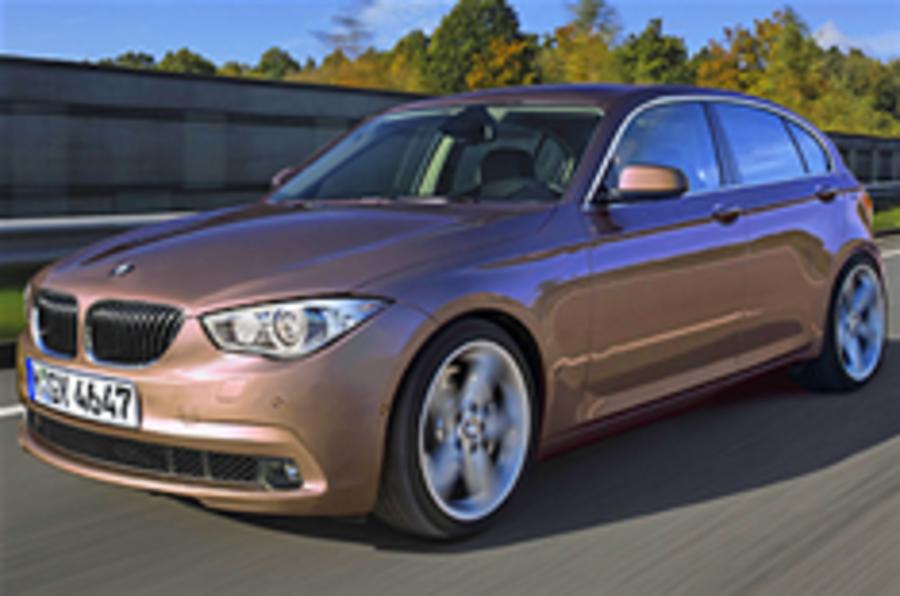BMW will increase the reach and appeal of the 1-series with additional body styles, a range of performance variants, frugal new petrol engines and advanced fuel-saving tech when it launches the second-generation model in 2011.
Depicted here in Autocar’s exclusive computer-generated images, the new 1-series, known internally under the codename F20, will again be underpinned by volume-selling three and five-door hatchback models.
See the BMW 1-series artist's impressions and a full set of spy pictures here
But BMW will also introduce four new variants. Alongside successors to today’s two-door coupé and cabriolet, there will be a new roadster, the Z2, which could also be built as a small coupé model.
This is a car BMW has been thinking about building for more than a decade and it now appears to be on the blocks, no doubt influenced by VW’s recent decision to put its BlueSport concept into production.
“By taking the Z4 even further upmarket in its current iteration, we have created sufficient space at the bottom of the line-up for a second dedicated roadster,” said a source inside BMW Germany.
See all the latest BMW 1-series reviews, news and video
Also under consideration, but yet to be given the go-ahead, is a small estate aimed at plugging the gap between the 1-series and soon-to-be-launched X1 soft-roader; this could become the 1-series equivalent of the new 5-series GT.
BMW is thought to be working on another all-new variant, which could be badged the Y1. The concept is still vague, but it could be heavily influenced by the controversial X-Coupé concept from 2001.
There are also suggestions that the firm is developing a new four-door saloon with a 1-series silhouette, a car described by Munich insiders as a genuine successor to the original 2002. It would be aimed at further penetrating the North American market.
As car buyers increasingly choose smaller, more fuel-efficient models, BMW chairman Norbert Reithofer has vowed to make the 1-series a key component in the company’s growth plans, in which it has targeted two million sales annually by 2020.
An internal sales strategy for the F20 has already been created that will pitch it more closely than today’s 1-series against some of Europe’s best sellers, including the Volkswagen Golf, Ford Focus and Vauxhall Astra. The aim is global annual 1-series sales of up to 300,000 by 2013, increasing to 400,000 by 2015.





Add your comment